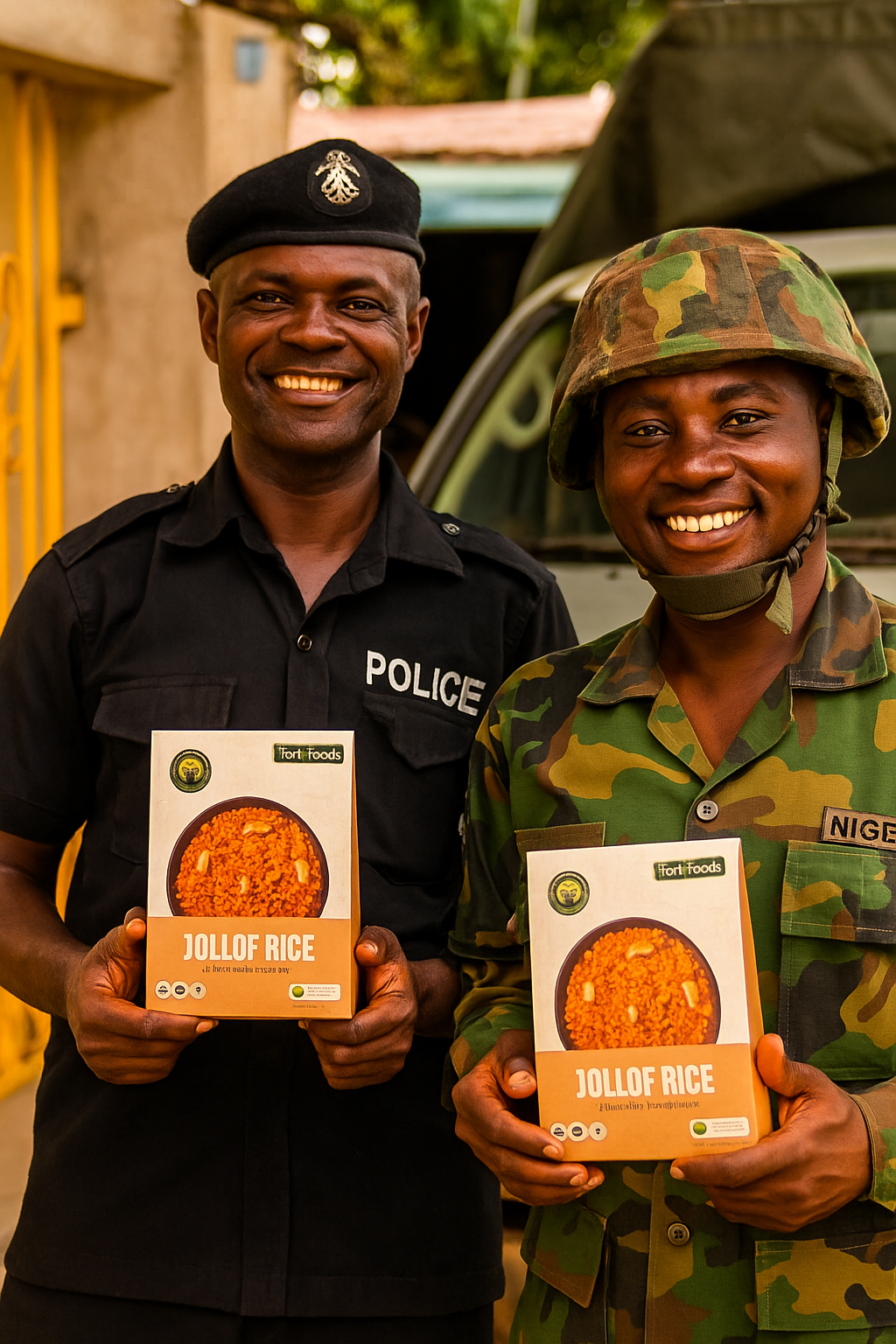In modern military operations, logistics can make or break a mission—and food is a bigger factor than most realize. Every kilogram of rations a soldier carries limits ammunition, medical supplies, or communication gear. This piece explores how innovations in lightweight, ready-to-eat, fortified meals are transforming military capability. With 39% smaller packaging, extended shelf life, and zero prep requirements, these next-generation rations reduce risk, boost endurance, and redefine what missions are possible in the world’s toughest environments.

When soldiers head into combat zones or remote operations, everything they carry matters. We're talking about environments where there's no infrastructure, no backup, and supply lines that can stretch for hundreds of miles through hostile territory. And here's something most people don't realize: the weight of food can actually limit how much ammunition, medical supplies, or communications equipment troops can bring with them.
Think about it this way. If you're a soldier heading into a remote area, you've got a finite amount you can physically carry before your performance starts breaking down. Every kilogram of food takes away capacity from something else you might desperately need. This isn't just about convenience. It's life or death stuff.
Military logistics fundamentally determines what operations are even possible. You can have the best trained soldiers and the most brilliant tactical plans, but if you can't keep them fed, none of it matters. And modern conflicts are increasingly happening in places with absolutely terrible infrastructure. We're talking austere environments where there's no electricity, no clean water, damaged roads, and constant threats to supply convoys.
Traditional meal systems that require cooking equipment, fuel, and preparation time become huge vulnerabilities in these situations. Adversaries can predict when and where resupply operations will happen, turning what should be routine logistics into dangerous tactical exposure.
Water makes everything worse. Conventional meal prep often requires water for rehydration or cleaning. But in desert or mountain operations, water itself becomes the limiting factor. Carrying enough water for drinking alone is challenging enough without adding cooking requirements on top.
Recent innovations have achieved something remarkable: field rations that are 39 percent smaller in volume and 17 percent lighter than previous versions. This means soldiers can now carry five days worth of nutrition in what used to be a three-day footprint. That's not just an incremental improvement. It fundamentally changes what missions become feasible.
The packaging technology behind this matters enormously. These meals need to survive extreme temperatures from freezing arctic conditions to scorching desert heat, all without refrigeration. They get bounced around in transport over damaged roads, exposed to rain and humidity, and they still need to arrive in edible condition. Water-resistant, airtight packaging with hermetic seals protects the contents no matter what external conditions throw at them.
Extended shelf life without cold chain requirements transforms planning completely. Military planners can pre-position supplies in forward locations months before operations actually begin. When something kicks off unexpectedly, those supplies are immediately available instead of requiring days or weeks of delivery time.
Combat operations can elevate energy requirements to around 4,900 kilocalories daily in worst-case scenarios. That's nearly double what most civilians need. Meeting those elevated needs with traditional rations means carrying food quantities that exceed practical carrying limits. Modern solutions pack complete nutrition into much smaller volumes.
But it's not just about calories. Micronutrients become critical under operational stress. Iron supports oxygen transport for physical endurance. B vitamins enable energy metabolism. Antioxidants may reduce oxidative stress from extreme exertion. Omega-3 fatty acids potentially support cognitive function under stress. When dietary variety isn't possible, comprehensive fortification becomes essential.
Protein needs also spike during prolonged physical demands. Soldiers typically need 1.5 to 2.0 grams of protein per kilogram of body weight to prevent muscle breakdown under operational stress. Field rations must deliver this protein density without adding excessive bulk or weight.
Meals that require minimal preparation maximize efficiency during critical mission phases. Traditional cooking creates multiple problems: smoke reveals positions to adversaries, equipment noise compromises stealth operations, and preparation time pulls personnel away from security, maintenance, or desperately needed rest.
Ready-to-eat formats eliminate all these issues. Personnel consume meals directly from packaging whenever tactical situations allow. No cooking equipment. No fuel. No water for preparation. No cleaning. This simplicity isn't just convenient. It directly enhances operational security and personnel availability.
Individual portion packaging also improves distribution efficiency. No further processing required. No additional equipment needed. Personnel carry exactly what missions demand. Inventory management and resupply calculations become straightforward.
Military rations currently generate about 0.66 pounds of packaging waste per person per meal. Across U.S. military services, that totals roughly 14,000 tons annually. This waste requires handling, storage, and disposal that complicate operations. Recent packaging innovations have achieved approximately 30 percent weight reduction while maintaining protective barrier properties. These reductions multiply across meals, personnel, and mission duration to create substantial operational benefits.
Emerging technologies promise continued improvements. Vacuum microwave drying creates nutrient-dense foods with dramatically reduced weight and volume while maintaining taste and nutritional value. Nanotechnology enables even lighter packaging materials with superior protection. Modular ration designs allow customisation based on specific mission requirements and individual preferences.
The competitive advantage in future conflicts will increasingly come from logistics excellence. Forces that can operate longer with lighter sustainment footprints gain decisive tactical flexibility and strategic reach. When conflicts happen in remote regions with minimal infrastructure, superior logistics capabilities mean maintaining presence and effectiveness while opponents struggle with supply constraints.
The bottom line: military logistics determines what's operationally possible before anyone fires a shot. Lightweight meal solutions with extended shelf life and minimal preparation requirements directly translate to enhanced tactical flexibility, extended operational duration, and reduced supply vulnerability. This isn't just logistical improvement. It's fundamental capability enhancement that can determine mission outcomes.